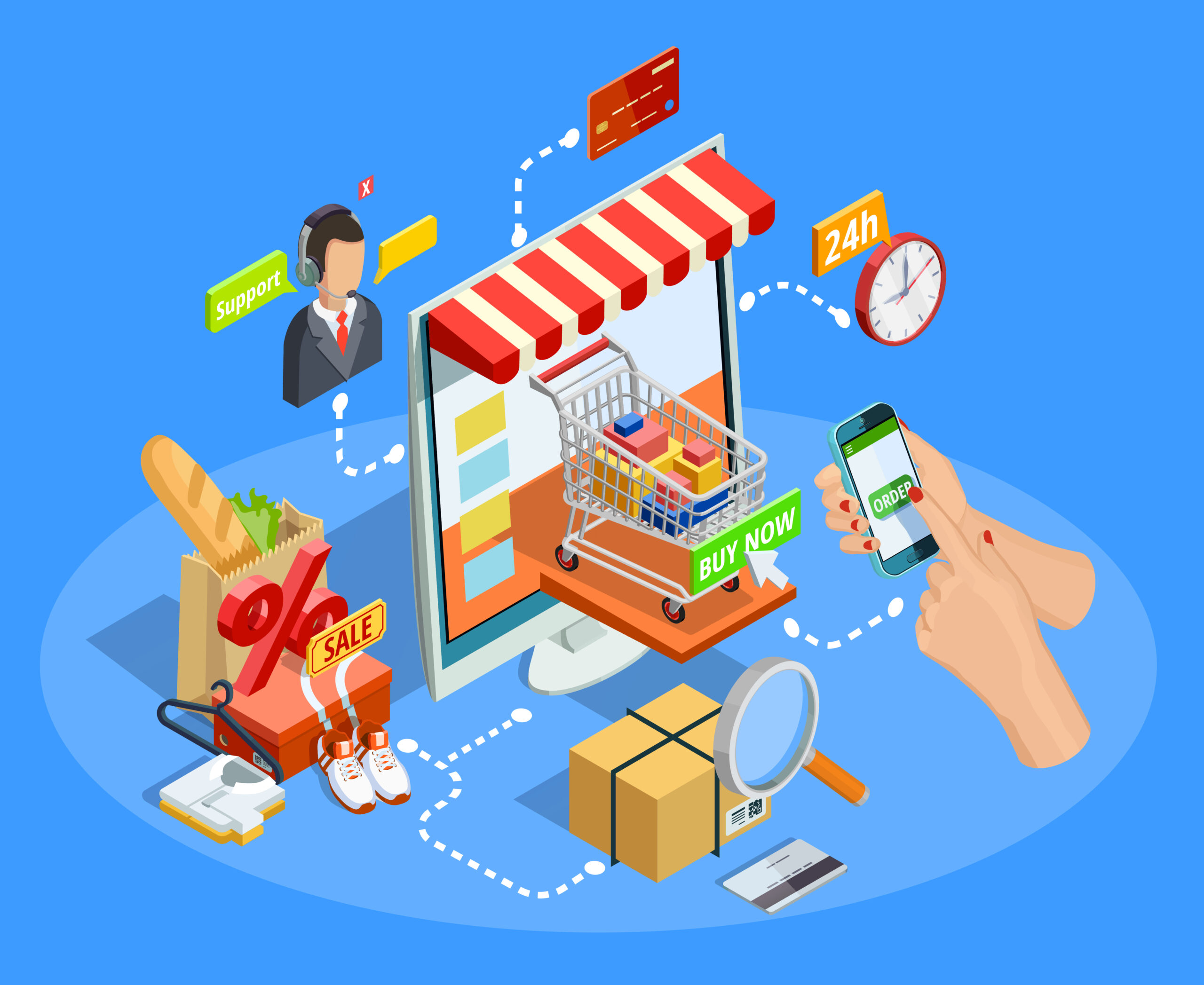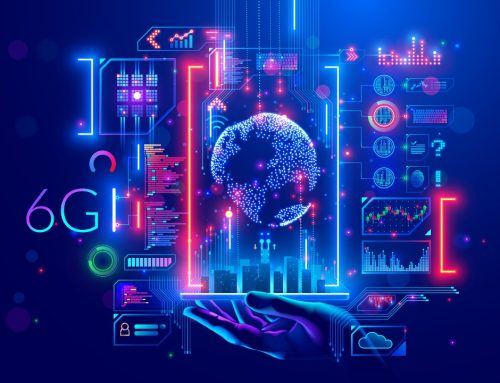New and established technologies are among the top trends for retailers in 2023.
Retail has had a rough go of it over the last two years – and challenges will continue into this year. With inflation stubbornly pursuing its upward course and the economy likewise unsettled, consumers are being more careful with their cash. And supply chains are still dealing with disruptions. So challenges, yeah, we’ve got those.
On the other hand, technology is here that can help retailers weather the storm – and even find ways to grow. By thoughtfully meeting customers where they are and using the latest tech trends, retailers can open up some exciting new avenues.
Let’s take a look at some of the ways Artificial Intelligence and other data-driven technologies are refining the retail experience for consumers as well as the retail companies themselves.
6 Key Retail Tech Trends for 2023
1. AI Everywhere
Our first trend falls under the category of a continuation, and that’s deploying AI to manage operations and improve in-store experience. We’ve recently seen examples of using computer vision (AI-powered image processing) to improve management and customer experience. And digital twins – complex virtual models of real-world entities like stores or customers – have also garnered a lot of interest for their applications in everything from marketing to maintenance.
Another tech application is smart shelf tags, which facilitate dynamic pricing by allowing store management to update prices instantly, without messing with dozens or hundreds of annoying price stickers. These changes can be deployed immediately, in multiple locations – a major time savings.
These are long-term trends; they’ve already been in the works for years. But the time and technology are right for their wider adoption.
2. Store as Depot
Here we have another continuation trend. Whether we’re talking about in-store pickups/returns for items bought online, delivery, or curbside pickup, the trend for stores to become at least partially pickup points gained momentum with COVID-19 and just keeps on rolling. Consumers love the convenience and time-savings, so expect this to continue. The logical conclusion, which is drone-based home deliveries, has been rolled out by Amazon in California and Texas, although that particular area seems to be hard-hit by recent layoffs. But it certainly seems a real possibility in 2023.
3. Self-Checkout 2.0
The self-checkout kiosk is also due for an update. We’ve already become accustomed to scanning our own orders through checkout lanes, but consumers are growing increasingly impatient with waiting in lines. Thus, many retailers are investigating and even launching new self-checkout options, such as smart carts, smart stores that track purchases via computer image processing, and using the consumer’s own mobile phone apps as scanners. (With the app, customers complete the transaction at a self-checkout lane, but they don’t have to re-scan their items).
4. Personalization 3.0
We’re all familiar with personalization and hyperpersonalization in marketing and outreach. Now we’re moving into the next state of personalization – the one where consumers can get personalized products. While personalized clothing and accessories have always had their niche, it was more of an aftermarket alteration. Now, though, companies like Stitch Fix are offering to customize entire looks for their clients (using AI to do so). Even major brands have started personalizing everything from shoes to vitamins to makeup regimens. It’s a case of using the data (that most companies already have) to connect with what consumers really want.
5. Chatbot Commerce and Customer Care
If you have an Internet-connected TV or streaming device, you’ve probably seen hundreds of commercials that tell you to say this or that to add a product to your online shopping cart. Welcome to conversational commerce and its close cousin, chatbot customer service. Once again, retailers are leaning hard into the convenience angle while still acknowledging the consumer’s desire for personalized interactions. Using AI, chatbots can provide a more tailored experience to customers – without the hassle of waiting in line or on the phone for a human to become available. They save time for both the customer and the retailer’s employees.
6. Immersive Virtual Shopping
The Metaverse may not have met its expectations yet, but that doesn’t mean that augmented and virtual reality shopping is dead. On the contrary, it’s taking off, albeit in a more subtle form. Who hasn’t used a VR feature to try out a pair of glasses or visualize how that new coffee table will look in the living room? It’s a soft start, but it’s still a start toward a virtual shopping world. As with drone delivery, it looks like we’re on the cusp of something interesting here. And major brands are already taking advantage of it.
Tech Will Be Key for Retailers in 2023
If nothing else, the 2020s so far have proven that tech-enabled shopping is here to stay. Digitalized experiences have earned a place alongside brick-and-mortar stores, and both are benefiting from infusions of new technologies and capabilities. As 2023 rolls on, we can expect to see retailers continue to look for ways to use AI and other tools to make the buying experience easier and more enjoyable, with an emphasis on meeting customer’s needs and expectations.
Authored by: Dr. Anil Kaul,
Related Absolutdata products and services: Analytics, Data Science & AI, NAVIK AI Platform, Marketing Analytics, NAVIK Marketing AI, NAVIK Technology AI, NAVIK Operations AI, Customer Analytics































